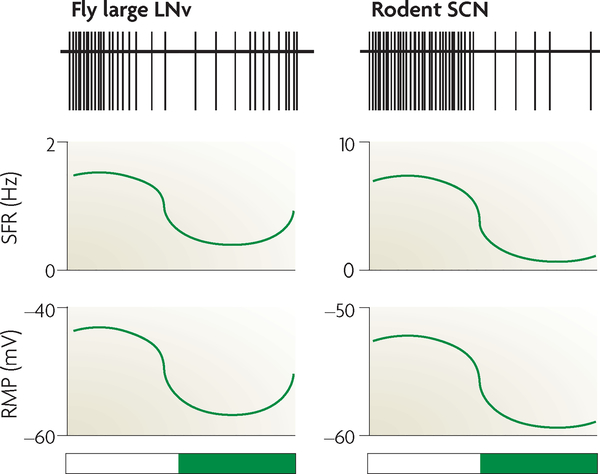Figure 3 |. Time-of-day-dependent neurophysiology in pacemaker cells.
Fruitflies, which are crepuscular, have a higher spontaneous firing rate (SFR) and resting membrane potential (RMP) in their clock cells, such as the large ventral lateral neurons (LNv), near the dark-to-light transition and during the daytime, than in the light-to-dark transition and during the night-time36,52. Similar to fly clock cells, neurons in the nocturnal rodent suprachiasmatic nucleus (SCN) have an elevation in SFR and RMP during the light period compared with the dark period, despite a difference in the locomotor activity rhythm of these two species49,50. Top traces show a schematic representation of spike trace frequency over the day-night cycle. White bars represent ‘lights on’; dark green bars represent ‘lights off’.

